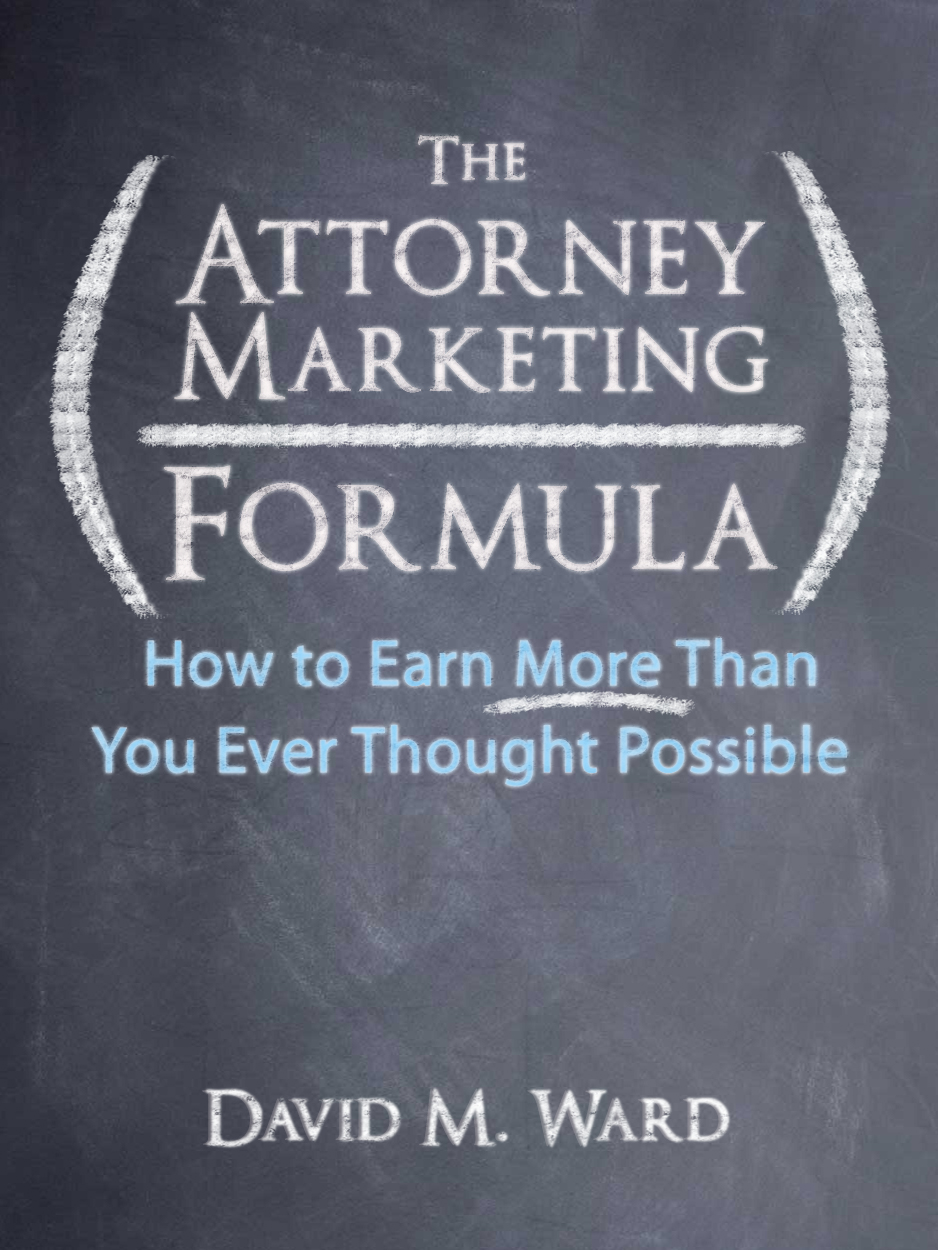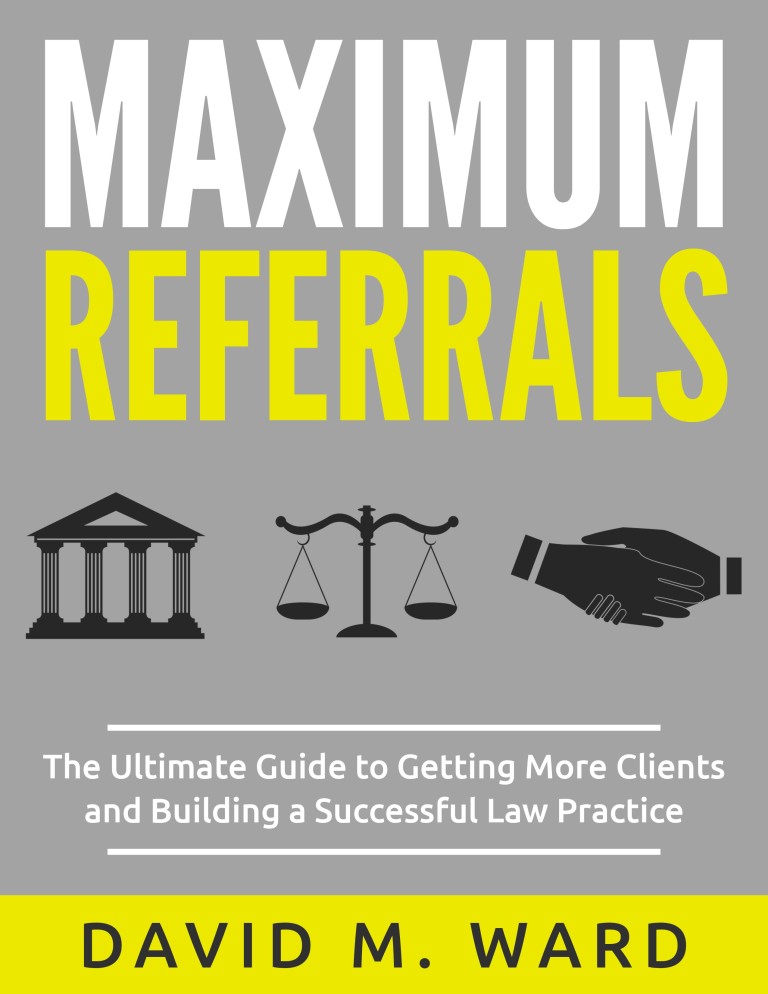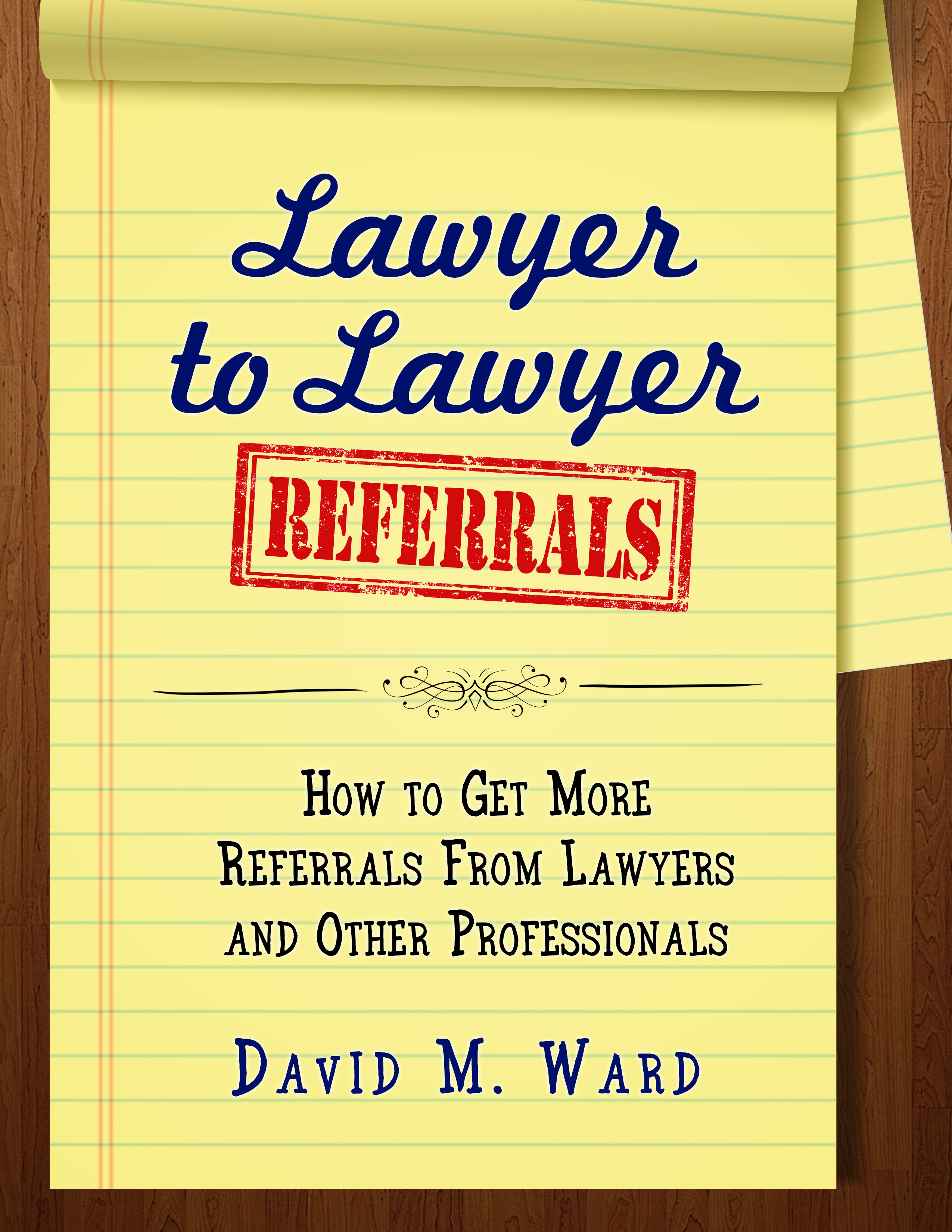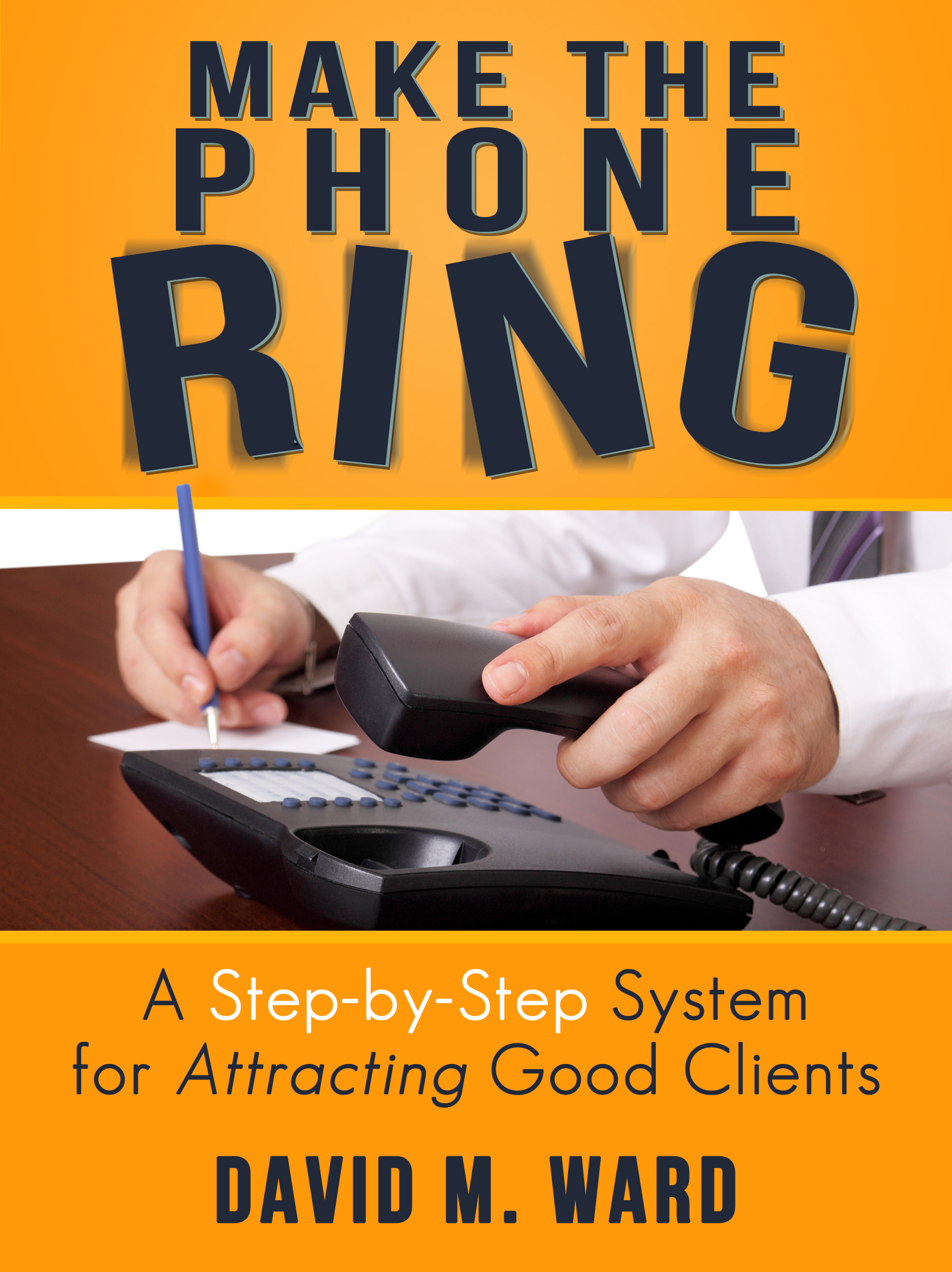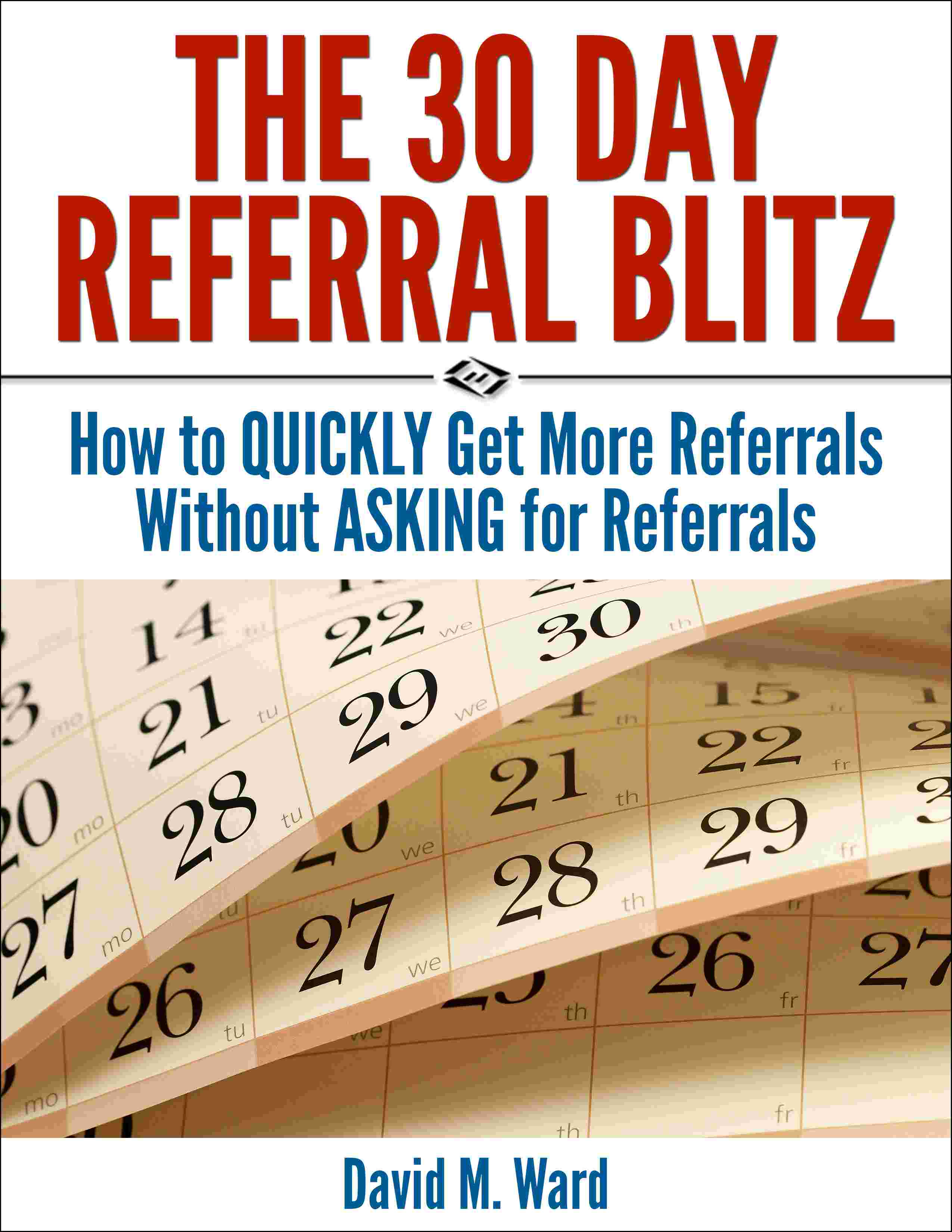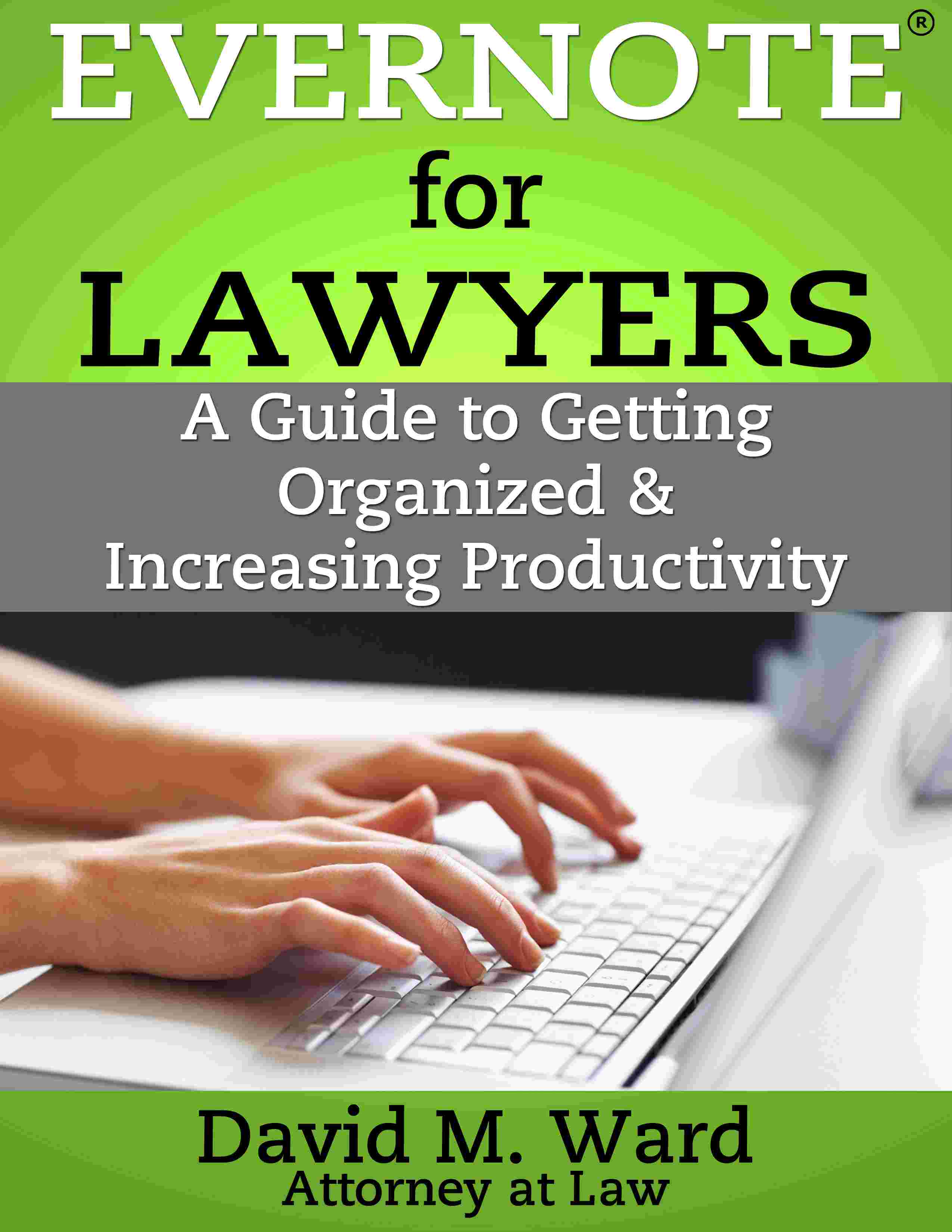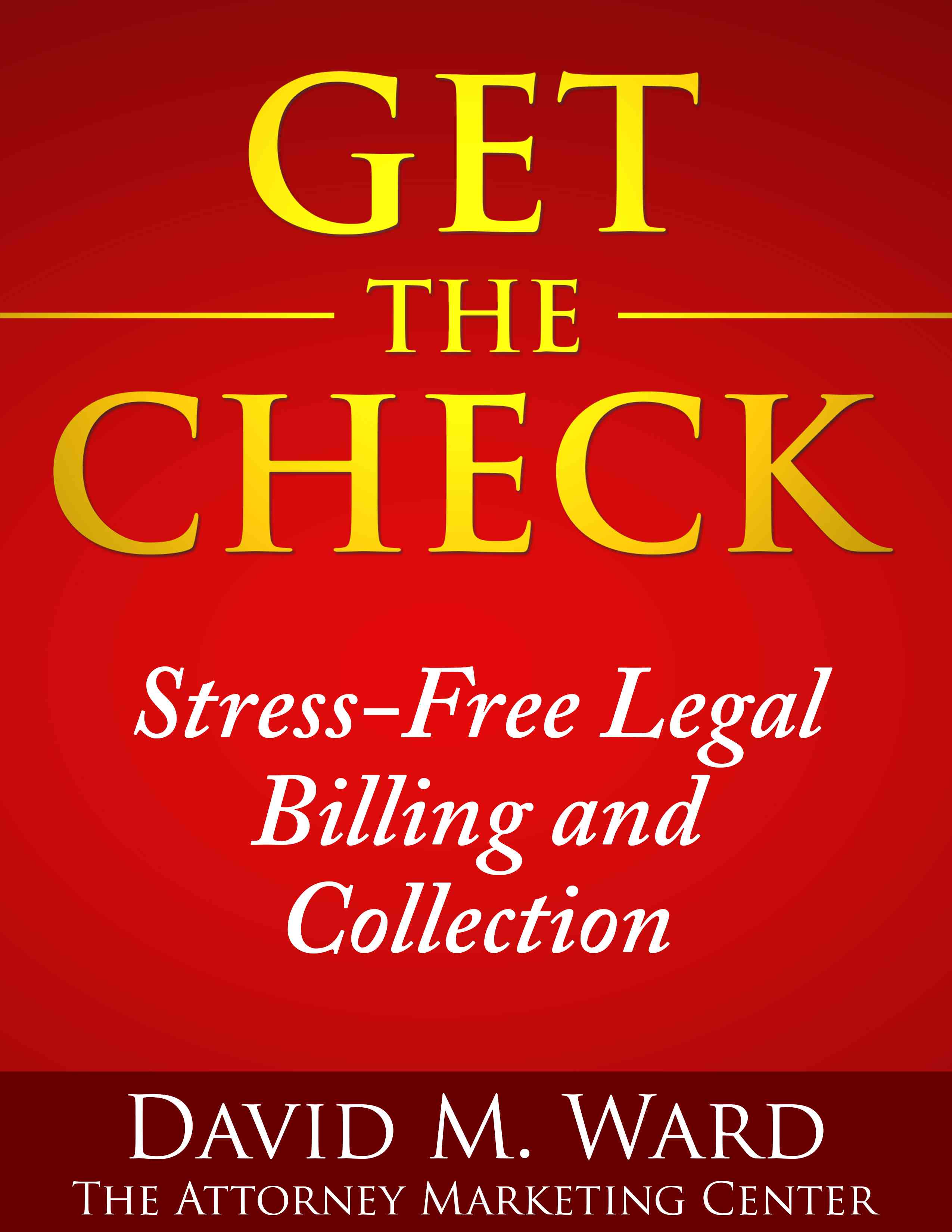As I mentioned last week, this Wednesday, at 2 pm PT, I’m being interviewed and you’re invited. Among other things, I’ll be talking about my latest marketing course, The Attorney Marketing Formula.
One of the themes throughout The Attorney Marketing Formula is leverage–getting bigger results out of the same effort. A simple example of leverage in marketing a law practice is the use of forms and checklists. You invest time to memorialize a process and then use that process over and over again, saving you lots of time, reducing errors, and impressing the hell out of your clients who see how remarkably well organized you are.
Another example of leverage is focusing on your current and former clients as a source of repeat business and referrals in preference to other ways of seeking new clients. There are much lower costs associated with marketing to people who already know, like, and trust you, and much better results. Even if someone can’t hire you again right now, and doesn’t know anyone they can refer, there are other ways they can help you. They can send traffic to your web site through social media, for example, or forward your email to their friends and colleagues.
A marketing joint venture with professionals and business owners to get exposure to their lists is another form of leverage. If you’re a small business attorney, for example, you could get together with an accountant, a tax lawyer, a commercial insurance broker, and a financial planner. Each of you contributes a report, article, audio, or video, and the four of you send (or offer) this collection to your lists. Or, you can put together a bundle of services for the small business owner, with discounts and/or free services from each of you, and offer this bundle to your lists.
Anyway, I hope you’ll join us on Wednesday and bring your questions. I’m looking forward to speaking with you!
Save an extra $10 on The Attorney Marketing Formula through 5 pm PT tonight, November 26th. Use discount code “thankful”.

